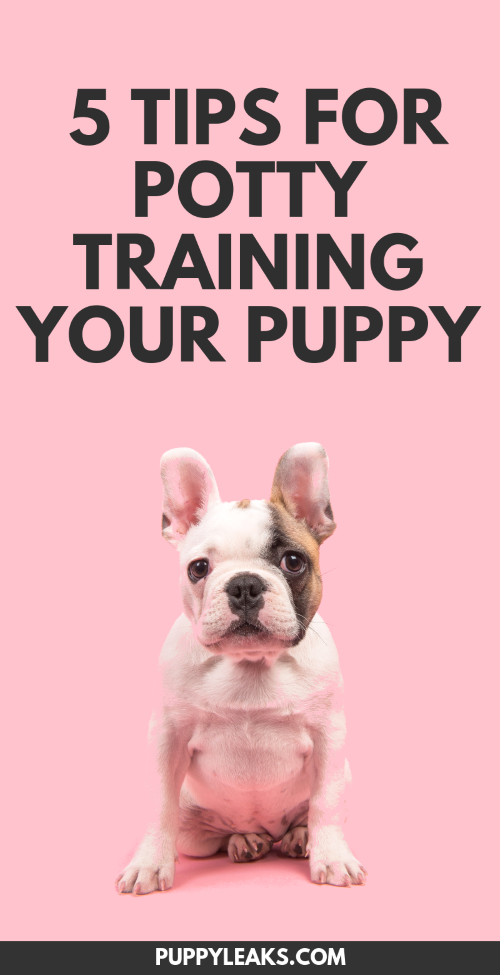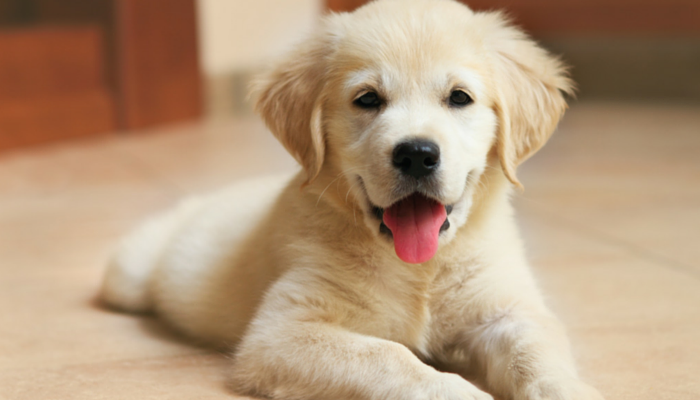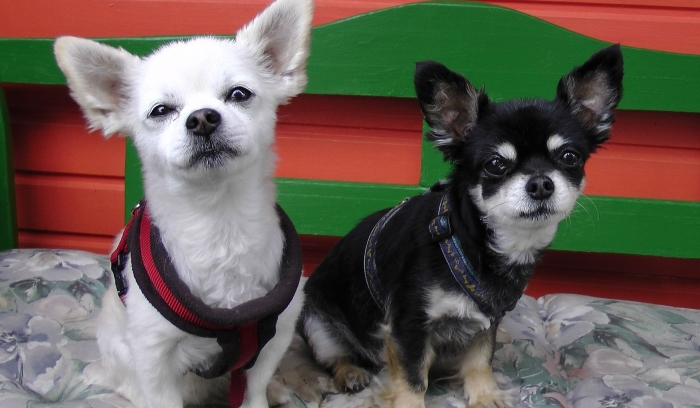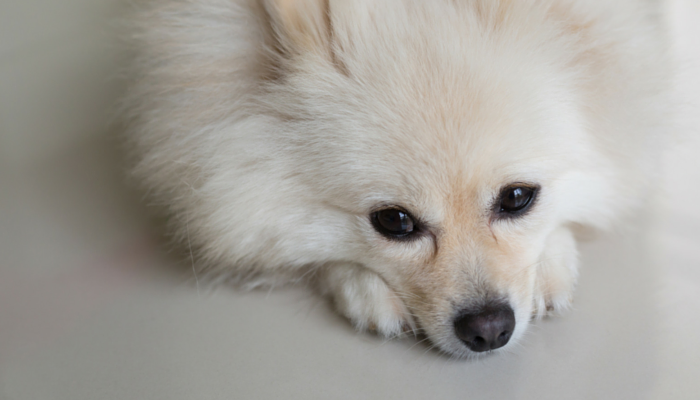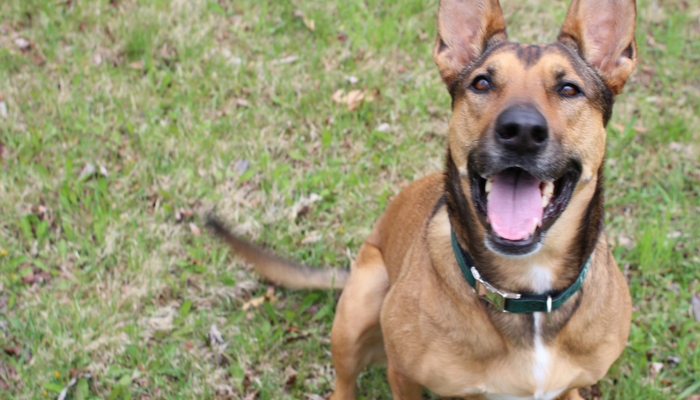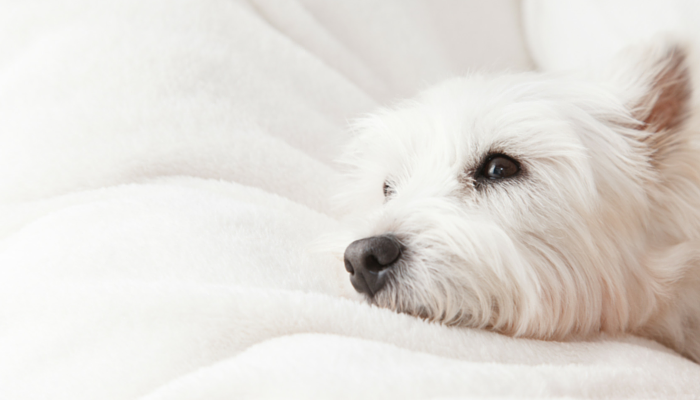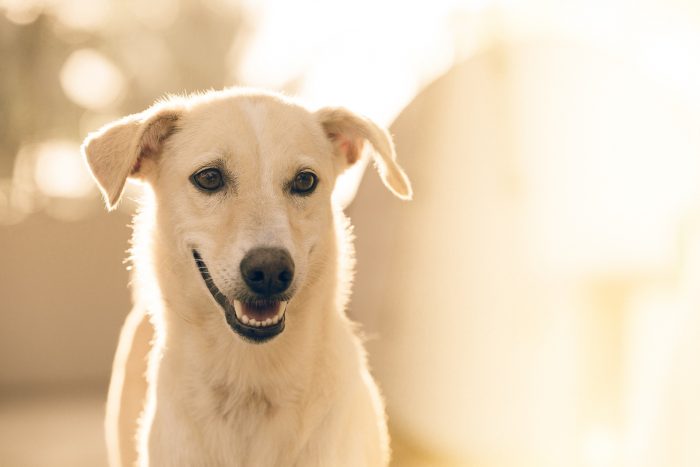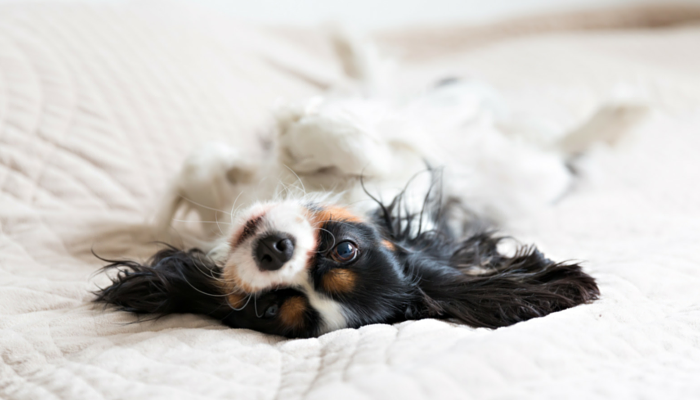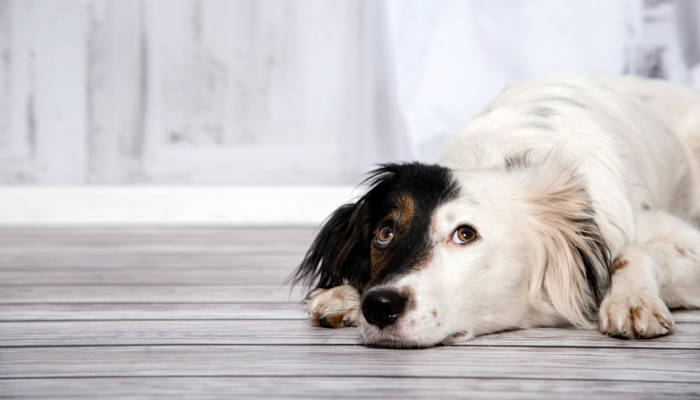5 Simple Tips For Potty Training Your Puppy
Back in the late 1990s, I discovered a straightforward method for potty training puppies, and it proved so effective that I’ve relied on it ever since. After a week of following these tips, you’ll reduce accidents by 90% and be well on your way to having a fully house-trained puppy.
This approach works by preventing accidents before they occur and teaching your dog that going potty outside is the most rewarding behavior.
Since potty training is a continuous process, I’ve divided this guide into two weekly segments. The first week is where the core training takes place, and the second week is when the consistency of the first week starts to show results. Here are 5 simple tips for potty training your puppy.
The First Week of Potty Training Your Puppy
The initial week of potty training your puppy is undeniably exhausting—there’s no sugarcoating it. But I assure you, it gets easier. You might find yourself questioning your decision to get a puppy in the first place—and trust me, we’ve all been there. However, after the first week, you’ll be able to relax a bit more and start seeing the rewards of your consistency.
During the first week, you’ll need to watch your puppy like a hawk, making sure to intervene before any accidents happen. This means always being aware of where your puppy is.
1. Pay Attention to Your Puppy At All Times
A quiet puppy often spells trouble, as the saying goes. Whether they’re rummaging through the garbage, chewing your new shoes, or defecating on the carpet—a silent puppy is a red flag.
To prevent accidents, you must watch your puppy constantly, even when they wander off. Just one accident can set back your training progress. I know that non-stop supervision isn’t the most exciting task, but catching your puppy before they have an accident is what makes this method successful.
If you struggle to keep up with your puppy at all times, try using a tether. You can buy one from a pet store or use a long lead or leash, as I did. If tethering your puppy to you ensures they don’t sneak off, it’s worth it. If tethering isn’t your preference, use baby gates or closed doors to limit their access to the entire house.

via veryfunnypics
2. Don’t Leave Your Puppy Unattended
Did I mention how crucial it is to keep your dog in sight? I did, but this point is so vital that it bears repeating. Your role in house training is to be present and prevent accidents before they occur. When do you think your dog will have an accident? Precisely when you’re not looking.
There’s little you can do to correct the situation after an accident has happened—and you’ll miss a key training opportunity.
Never punish your dog for peeing inside. Despite old training myths, punishment isn’t an effective deterrent for house training. Yelling at your dog afterward only confuses them and makes them nervous around you. If you catch your dog in the act, try to get their attention and move them outside. If they continue going once outdoors, praise them enthusiastically.
Your puppy will have a few indoor accidents—there’s no avoiding it. What you can do is minimize future ones by being proactive. Keep them in your sight and take them outside whenever they start to wander off.
3. Let Your Dog Out Once Every Hour or Two
Taking your puppy outside every hour or two can become tedious, but it’s the simplest way to avoid accidents. If you’ve ever wondered why some people choose to get new puppies during the summer or while on vacation, potty training is likely the reason. Anyone who’s house-trained a dog before knows the time and commitment it demands.
Sometimes your dog might not pee outside, and that’s okay. An unproductive trip outdoors is better than an indoor accident. Let them explore a little, then head back inside.
While most dogs can sleep through the night without accidents, remember their bladders are very small, so try not to sleep in if possible. Most puppies simply can’t hold it that long. To prevent overnight accidents, make sure your puppy pees before bedtime.
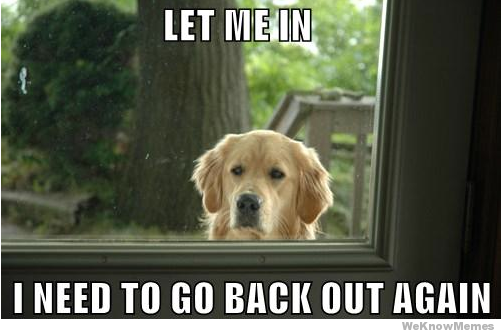
4. Praise Your Dog Like There’s No Tomorrow
Every time your dog urinates or defecates outside, it deserves a celebration. Use baby talk, give a treat, jump up and down, pat their head, and remind them how brilliant that choice was. It might seem silly, but your puppy needs to understand that this is the best thing ever. When you consistently praise your puppy for going potty outside, they’ll start to grasp that it’s the right decision—one that leads to fun and happy times.
Don’t underestimate the power of praise in motivating your puppy to repeat good behaviors. Praise clearly tells your dog they’re doing the right thing at the right moment, and with repetition, they’ll start thinking, “I should go potty outside because that makes everyone happy.”
The Second Week of Potty Training Your Puppy
This is the “keep it going” phase, where praise remains abundant, but you can relax slightly when it comes to monitoring your puppy.
5. Keep Up The Praise & Watch For Signals
Don’t slack off on praise during the second week. You want your dog to feel incredibly proud every time they go potty outside. It may seem silly after a while, and maybe even a bit odd if your dog stares at you while doing their business—but rest assured, the message is getting through.
Let your dog know that peeing and pooping outside is amazing, and that great things come to puppies who do amazing things.
Although it varies by dog, this is typically when most puppies start showing their own ways of letting you know they need to go. It could be crying at your feet, ringing a bell you’ve set up, or waiting by the door—just pay attention to these signals and respond. Once your dog knows how to get your attention when they need to go, you can relax a little and feel proud of your progress.
If your dog isn’t giving obvious signals like whining at the door, consider teaching them to ring a bell when they need to go outside. Other signs, such as pacing or circling, can be easy to miss if they’re in another room, so a noise-based signal like a bell can simplify things.
Make Sure to Clean Up Accidents Thoroughly
Accidents will happen, so it’s essential to clean them up thoroughly. Dogs are drawn to areas they’ve used before, and remember, their sense of smell is far superior to ours. Pet urine can be tough to remove, and not all household cleaners effectively eliminate odors. If your dog keeps returning to the same spot, some odor likely remains. Opt for a product designed to remove pet urine odors and stains.
Be Realistic About How Long Your Puppy Can Hold it For
Young puppies can’t hold their bowels or bladders for long. If you come home to an accident, it’s quite possible they simply couldn’t hold it that long. Generally, puppies can hold their bladder for about one hour per month of age. So a 3-month-old puppy can probably only hold it for around 3 hours. If you’ll be away at work for long periods, see if a neighbor, relative, or dog sitter can come by to let your puppy out during the day.
How Did You House Train Your Dogs?
Did any of your dogs give you trouble during potty training? Did you use a crate or puppy pads? What methods worked well for your dog?
